The International Atomic Energy Agency, in an unusually blunt and detailed report, said Monday that Iran’s suspected research into the development of nuclear weapons remained “a matter of serious concern” and that Iran continued to owe the agency “substantial explanations.” Right. Apparently, we have more to fear from our current government that might hold Iran to account than a nuclear armed Iran and nuclear proliferation throughout the Middle East. As I wrote below in Cowbama Diplomacy and Iran, only the far left with no understanding of Iran's theocracy and the danger of its program could possibly hold such an insane and suicidal opinion. Iran has dismissed the documents as “forged” or “fabricated,” claimed that its experiments and projects had nothing to do with a nuclear weapons program and refused to provide documentation and access to its scientists to support its claims. The NYT - and the IAEA - seem to be ignoring the elephant in the room. Not only is Iran working ever more feverishly to enrich uranium, ostensibly for fuel for a nuclear reactor, it has no use for the fuel. The same is true of their heavy water plant. To pretend that Iran's uranium enrichment program is for anything other than the development of a nuclear arsenal is suicidal leftist fantasy that ignores all of the inconvienient facts and the obvious inferences therefrom. The agency also said that during a visit in April, it was denied access to sites where centrifuge components were being manufactured and where research of uranium enrichment was being conducted. The IAEA Report has not yet been released to the public. . . . A National Intelligence Estimate published in December by American intelligence agencies concluded that Iran suspended its work on a weapons design in late 2003, apparently in response to mounting international pressure. That report added that it was uncertain whether the weapons work had resumed. It concluded that work continued on Iran’s missiles and uranium enrichment, the two other steps that would be necessary for Iran either to build and launch a weapon or to announce that it is able to construct one quickly. Read the entire article.
The IAEA has issued yet another report on Iran's march towards a nuclear weapon, apparently now frustrated with Iran's continuing prevarication and stonewalling. The report lays out the evidence that Iran is developing a nuclear weapons program, yet refuses to say so definitively.
________________________________________________________
This today from the NYT on the latest report from the IAEA on Iran's nuclear weapons program:
The nine-page report accused the Iranians of a willful lack of cooperation, particularly in answering allegations that its nuclear program may be intended more for military use than for energy generation.
Part of the agency’s case hinges on 18 documents listed in the report and presented to Iran that, according to Western intelligence agencies, indicate the Iranians have ventured into explosives, uranium processing and a missile warhead design — activities that could be associated with constructing nuclear weapons.
. . . Iran’s nuclear program has long been a flashpoint, with critics fearing that suggestions that Iran is developing weapons could embolden factions within the administration who have been pushing for a confrontation with Iran.
The report also makes the allegation that Iran is learning to make more powerful centrifuges that are operating faster and more efficiently, the product of robust research and development that have not been fully disclosed to the agency.
That means that the country may be producing enriched uranium — which can be used to make electricity or to produce bombs — faster than expected at the same time as it a replaces its older generation of less reliable centrifuges. Some of the centrifuge components have been produced by Iran’s military, said the report, prepared by Mohamed ElBaradei, the director general of the agency, which is the United Nations nuclear monitor.
The report makes no effort to disguise the agency’s frustration with Iran’s lack of openness. It describes, for example, Iran’s installation of new centrifuges, known as the IR-2 and IR-3 (for Iranian second and third generations) and other modifications at its site at Natanz, as “significant, and as such should have been communicated to the agency.”
The report does not say how much enriched uranium the Iranians are now producing, but the official connected to the agency said that since December, it was slightly less than 150 kilograms, or 330 pounds, about double the amount they were producing during the same period about 18 months ago.
“The Iranians are certainly being confronted with some pretty strong evidence of a nuclear weapons program, and they are being petulant and defensive,” said David Albright, a former weapons inspector who now runs the Institute for Science and International Security. “The report lays out what the agency knows, and it is very damning. I’ve never seen it laid out quite like this.”
. . . Still, Javier Solana, the European Union’s foreign policy chief, announced in Brussels on Monday that he would go to Iran soon — possibly “within the month” — to present a new offer of political, technological, security and trade rewards for Iran if it halts its uranium enrichment program.
Mr. Solana will travel with senior foreign ministry officials from five of the six countries involved in the initiative — Britain, France, Russia, China and Germany — but not the United States, which has refused to hold talks with Iran. The incentives, agreed on by the six countries in London this month but still not made public, repackaged and clarified an incentives package presented to Iran in 2006.
Iran rejected it at the time, saying that relinquishing its uranium enrichment program was non-negotiable. After the London meeting this month, the Iranian foreign minister, Manouchehr Mottaki, said the new package should not cross Iran’s “red line” — shorthand for its uranium-enrichment program.
On May 13, Iran responded with its own package of proposals, calling for new international talks on political, economic and security issues, including its nuclear program and the Arab-Israeli peace process.
The proposal, made in a letter from Mr. Mottaki to the United Nations secretary general, Ban Ki-moon, includes the creation of international fuel production facilities in Iran and other countries — a longstanding goal of Iran — as well as improved supervision of Iran’s nuclear program by the atomic energy agency, which is based in Vienna.
Over the years, the United States and France have led the way in opposing the idea of a fuel-production facility in Iran, contending that it would allow Iranian experts to master the complex process of enriching uranium and to use that knowledge in a secret bomb-making project.
Tuesday, May 27, 2008
The IAEA and Iran's March Towards A Nuclear Weapon
Posted by
GW
at
Tuesday, May 27, 2008
![]()
Labels: EU, IAEA, Iran, nuclear, nuclear proliferation, UN Security Coucil
Subscribe to:
Post Comments (Atom)

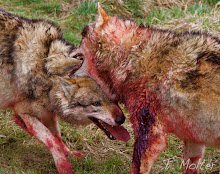












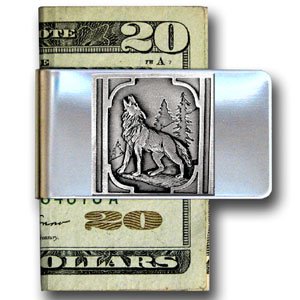

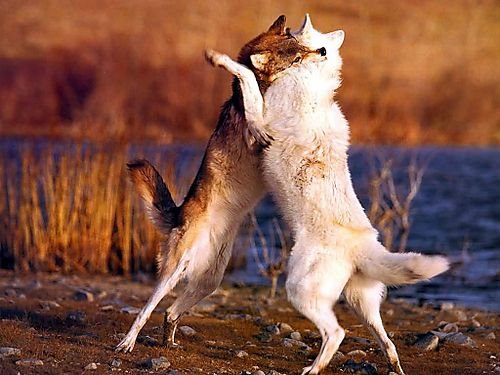



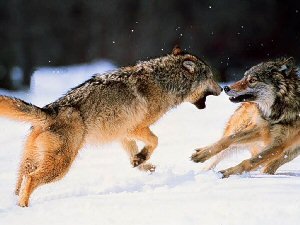








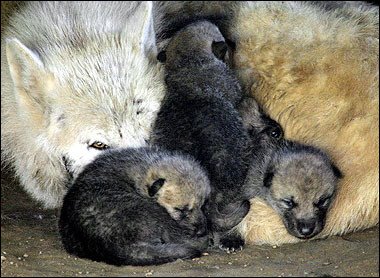

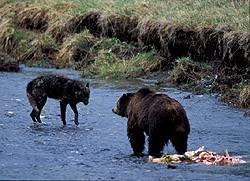





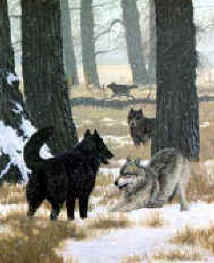




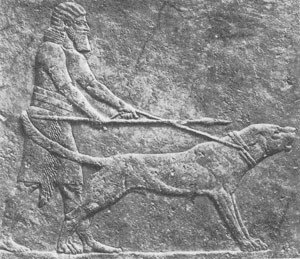
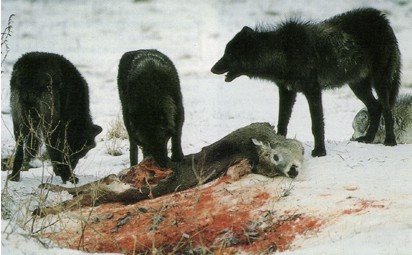



No comments:
Post a Comment